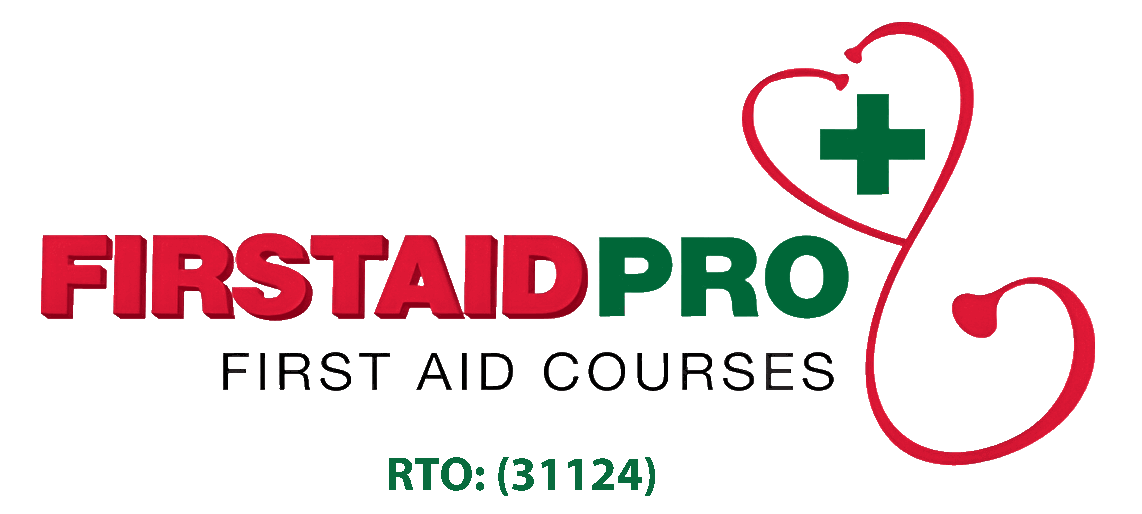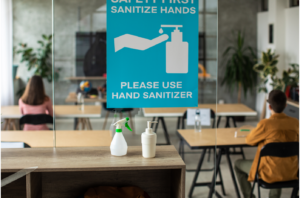Having classroom safety rules in place creates a dynamic that empowers both students and school staff. It results in a more stimulating, cooperative, and safe learning environment for everyone.
The Risk for Injury and Illness in Classrooms
Students and teachers spend most of their days in classrooms. With such high use and so much going on, these 4-walled rooms need to be safe environments. It should be a place where everyone can learn and teach without worrying about injuries and illnesses.
Every year, the incidence of injuries at school is 2.3%, and boys are at higher risk (72.6%) than girls. Improper school equipment and unsafe furniture are responsible for one-third of school injuries.
The health risk does not stop with injuries. There are instances of wildfires in schools in Australia during bushfire season. Also, schools are known incubators of contagious diseases such as influenza, chickenpox, meningitis, stomach flu and hand, foot, and mouth disease.
Given all that, parents, students, and school management need to be aware of risks that can happen in this environment. There are steps to take to ensure classroom safety.
5 Tips in Promoting Classroom Safety
- Learn emergency procedures in schools
School handbooks and classroom posters should include emergency plans and contact numbers for easy access. It only takes a few minutes to familiarise everyone with the school emergency procedures. It ensures confidence to act promptly in the event of an emergency.
- Reduce classroom hazards
Most emergencies come from external sources like weather or unexpected intruders. However, there are also hazards found inside the classroom. Hazardous items may include harsh chemicals from cleaning supplies, scissors, pencil sharpeners, glue, and pens. Improper installation of electrical cords and unsafe furniture with sharp edges also threaten classroom safety.
- Proper sanitation
Cleanliness is the key to keeping germs at bay and keeping everyone happy and healthy. Ensure everyone practices proper handwashing techniques, sanitises all surfaces (toys, tables, chairs), and properly dispose of garbage. Make sure not to overlook these things on an everyday basis.
- Keep communication flowing
Keeping an open line of communication between students, parents, and school staff play a crucial role in classroom safety. Treat the classroom as a community where open communication is vital to ensure everyone works together to ensure safety. Keep everyone up to date with new classroom guidelines, policies, and other emergency procedures.
- Provide training for all school and support staff
In an emergency, teachers and school support staff must be prepared to direct students and follow the emergency plan in place. In case of injury, they are also responsible for the welfare of the casualty. For these reasons, teachers and support staff needs to undergo First Aid and CPR training.
Set aside during vacation breaks, or before the start of the semester, time to prepare staff by preparing emergency drills and providing first aid training classes. Everyone should know what steps to take in any form of emergencies such as fire, weather, terrorist threat, active violence, or anything health-related.
Consistency and training are critical to maintaining adherence to classroom safety. If the steps mentioned above are not “in-line” at all times, there is a risk of an unsafe, possibly chaotic, and dangerous schoolroom.
Conclusion
Creating a safe classroom environment helps build a strong community where students and teachers contribute to cooperative learning. Also, students who feel safe are more likely to participate in discussions, curricular activities and ask relevant questions. All these steps promote education and social bonding in schools.
Now that you have these handy safety pointers under your belt learn first aid to ensure that a classroom remains a enjoyable and safe environment for everyone.

